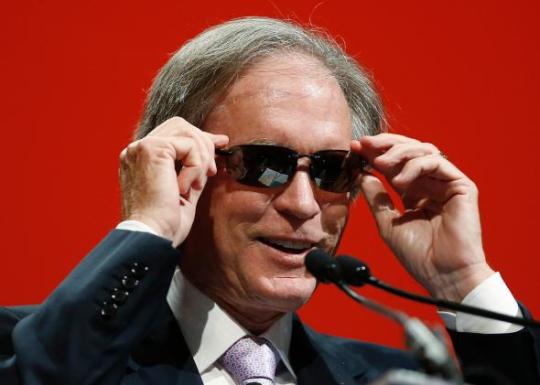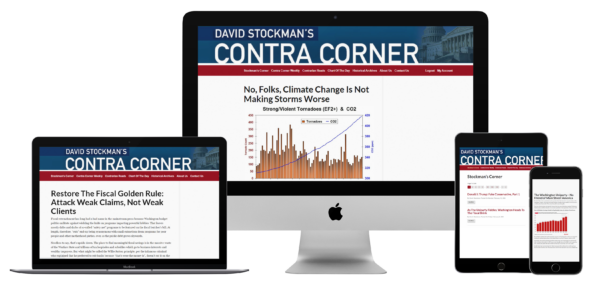
Bill Gross, Monthly Investment Outlook, July 30, 2015:
“But perhaps the recent annual report from the BIS – the Bank for International Settlements – says it best. The BIS is after all the central banks’ central banker, and if there be a shift in the ‘feed a fever’ zero interest rate policy of the Fed and other central banks, perhaps it would be logically introduced here first. The BIS emphatically avers that there are substantial medium term costs of ‘persistent ultra-low interest rates.’ Such rates they claim, ‘sap banks’ interest margins … cause pervasive mispricing in financial markets … threaten the solvency of insurance companies and pension funds … and as a result test technical, economic, legal and even political boundaries.’ Greece is not specifically mentioned, nor the roller coaster ride of Chinese equity markets, nor the rising illiquidity of global high yield bond markets, nor the … well a reader should get the point. Low interest rates may not cure a fever – they may in fact raise a patient’s temperature to life-threatening status. Yellen, Fisher, Dudley and company may not be in total agreement, but they assuredly are listening, as this week’s Fed meeting will likely attest.
There is no statistical reason per se for the Fed to raise interest rates, yet absent a major global catastrophe, we are likely to get one in September. But the reason will not be the risk of rising inflation, nor the continued downward push of unemployment to 5%. The reason will be that the central bankers that are charged with leading the global financial markets – the Fed and the BOE for now – are wising up that the Taylor rule and any other standard signal of monetary policy must now be discarded into the trash bin of history. Low interest rates are not the cure – they are part of the problem. Say a little prayer that the BIS, yours truly, and a growing cast of contrarians, such as Jim Bianco and CNBC’s Rick Santelli, can convince the establishment that their world has changed.”
Much of the market’s attention yesterday focused on the second-quarter GDP report.
The Commerce Department downwardly revised the previous three years of GDP growth to a 2% annual growth rate from an earlier 2.3% estimate. But many market watchers suggested that the first quarter’s upward revision – to 0.6% from an earlier projection of a 0.2% decline – served as a signal that the Federal Reserve will raise the Fed Funds rate in September.
I’m reluctant to come to the same conclusion, believing instead that a December lift-off is more likely.
Here’s my analysis:
Too little attention has been placed on the continued subpar growth that’s been the consistent feature of the U.S. economy since “The Generational Low” in March 2009.
It’s worth noting that recoveries out of severe U.S. recessions like the 2007-2009 one have historically been V-shaped. But this time around, gross domestic product has only expanded at a 2.1% real annual rate from the recession’s bottom – well below the historical trend line of slightly more than 3%.
This fact, coupled with the more-sluggish corporate-profit growth than has emanated from a weaker economy, has formed my cautious market view over the last two years. I also think this slow-growth condition has generated a dependency on aggressive monetary tactics from the Federal Reserve and the world’s other central banks.
The Fed’s 6-year-old policy of injecting massive amounts of liquidity into the system and stabilizing interest rates at near 0% has become a powerful factor in our capital markets and in rate-sensitive sectors (i.e., housing and autos).
But in maintaining monetary indulgence for such a long time, our central bank has now distorted – and screwed up – our economy and markets, perhaps for some time to come. I believe the Fed has:
- Borrowing from the future. The “Zero Interest Rate Policy” (ZIRP) has borrowed past and present sales from the future, underscoring the challenge of future economic growth.
- Created unknown policy consequences. No one knows the consequence of an extended period of ZIRP “punch bowls,” which could result in aberrant behavior and hangovers.
- Made no sense. If there were no consequences to ZIRP, interest rates could have been held at zero forever in the past, as well as in the future.
Importantly, ZIRP is actually losing its effectiveness (at least in America). As I’ve written previously, low rates are hurting groups like the growing savings class – and they’ve been hoarding cash and reducing personal expenditures as a result, weakening growth.
The seeds of malinvestment have also begun to sprout from ZIRP. Low rates increase the supply of “stuff” (e.g., the mushrooming growth of shale oil), sustaining those companies and countries that shouldn’t be sustained and elevating asset prices against limited progress in the real economy.
Lending standards have also dropped (e.g., the proliferation of covenant-lite debt offerings), while fear is obliterated and complacency proliferates. Malinvestment is also vividly appearing in China’s economy and capital markets.
Meanwhile the fundamentals and technicals are flailing:
- As Capital IQ’s Lindsey Bell (my friend and former associate) reported yesterday on CNBC, second-quarter S&P revenues are coming in at -3.8%. while (financially engineered) EPS have risen by only 1%.
- On the technical front, I’ve consistently observed the narrowing market leadership, which shows no signs of improving.
For now, the markets are disregarding signs of slow structural-growth signals and investors are paying up for stocks as valuations continue to expand. But with the Fed at an inflection point of policy, 0% interest rates will no longer likely buoy or even expand P/E ratios further.
Instead, the Wizard of Oz’s curtain will be soon opened and investors will finally begin to see whether the flight path of economic growth is steady enough to support stocks at current levels. Personally, I remain skeptical.
Thus far in 2015, I’ve envisioned a sawtooth pattern lower in the belief that a major market top is forming. Tactically, I’ve adopted a “short the rips and cover the dips” strategy that’s paid off so far.
But at some point – probably in the relatively near future – it will be more appropriate to “short the rips and stay short.” After all, the “Big Short” might be soon at hand.


